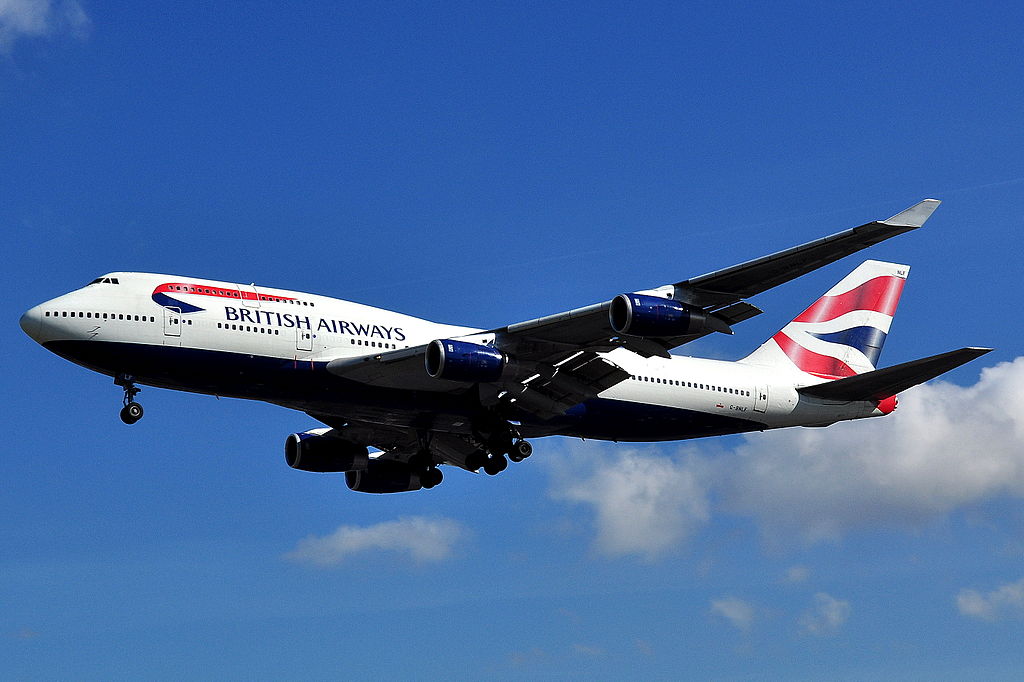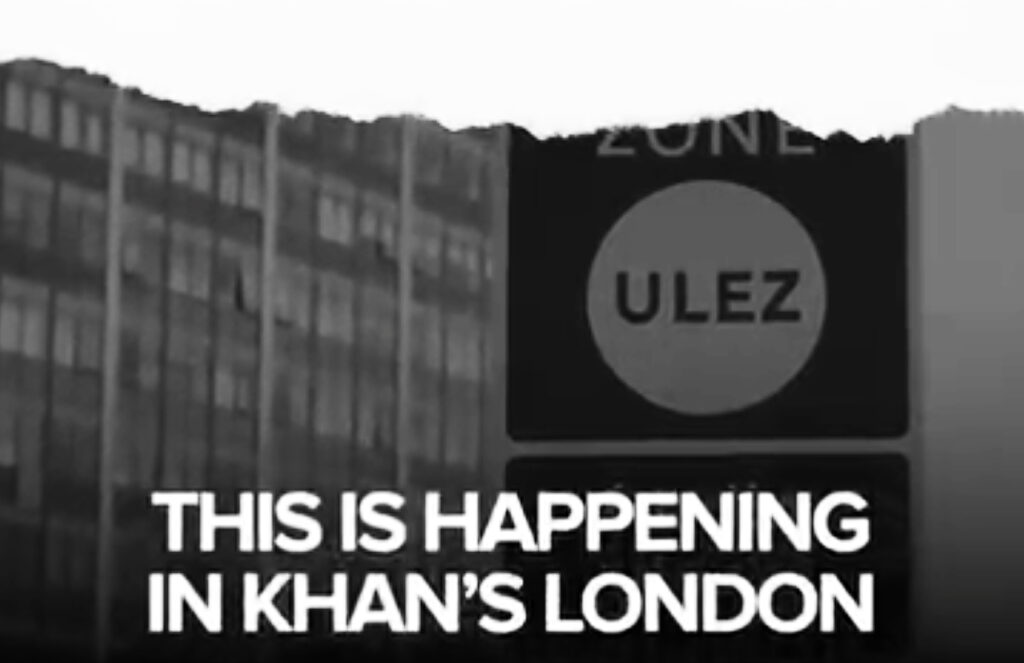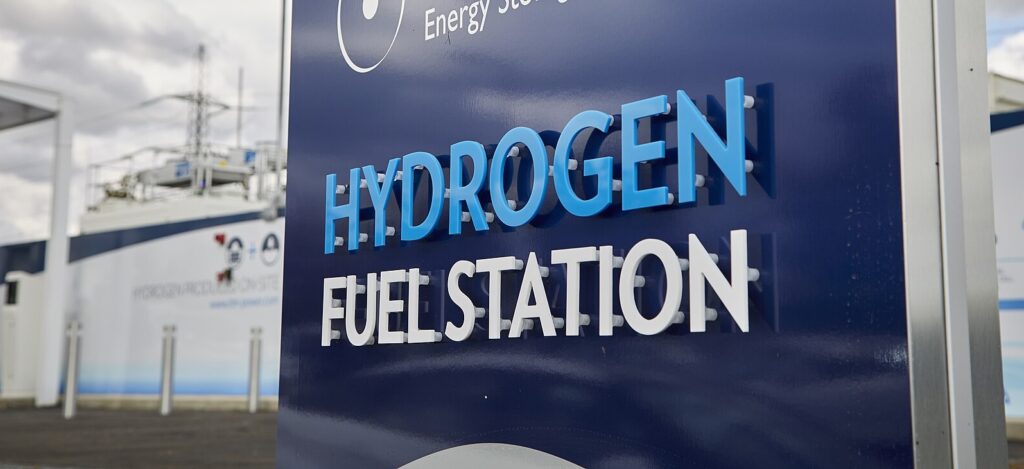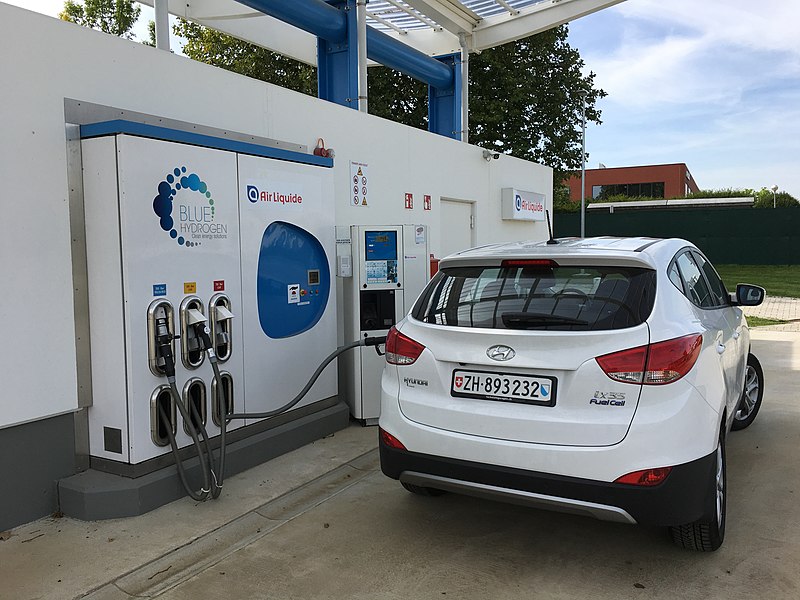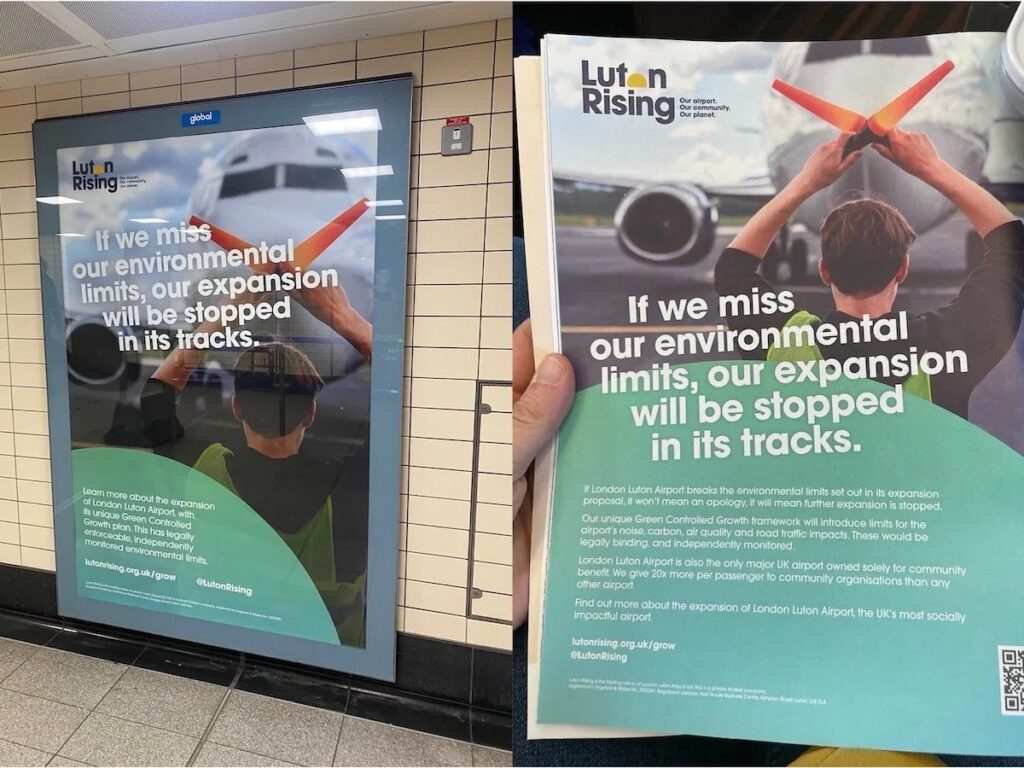British Airways flights emitted almost as much carbon dioxide in 2019 as all the vans on UK roads, according to newly released data obtained by non-profit group Transport & Environment (T&E).
The UK’s flag carrier was the second highest-emitting airline in Europe before the Covid-19 pandemic hit the industry, the figures show, with 18.4 million tonnes (Mt) CO2 released in 2019, just short of the 19.4 Mt CO2 equivalent emitted by the UK’s vans in 2018.
Europe’s top aviation polluter is German national airline Lufthansa, which emitted 19.1 MtCO2 in 2019, with Air France in third place at 14.4 MtCO2.
Matt Finch, UK policy manager at T&E, said the scale of BA’s emissions surprised him. “We knew it was going to be big, but we didn’t realise it was actually this big. It’s the equivalent of all of the vans in the UK, or just under a third of all of the cars in the UK. This is one company.”
This is the first time individual European airline CO2 emissions have been disclosed to the public. The figures only cover the CO2 emissions of aviation, however, and not other climate impacts such as those caused by contrails, which a recent study found could triple the climate impacts of aviation compared to CO2 alone.
T&E and partners obtained the data using Freedom of Information requests to governments, which are now required to gather CO2 statistics from airlines as part of the UN’s international offsetting scheme for aviation, Corsia.
“Every government replied, apart from Italy,” says Finch. “It’s the first time anyone has ever been able to get this data and make it public.”
Campaigners have long criticised Corsia as an inadequate policy to tackle aviation emissions, and an unpublished EU report obtained by T&E earlier this month concluded that Corsia is “unlikely to materially alter” the climate impact of air travel. But this new analysis shows Corsia’s data requirements are proving handy for increasing the transparency of airline emissions. Airlines will be required to report the data every year from now on.
Finch said the figures add weight to the push for the UK to include international aviation and shipping emissions in its domestic carbon budgets. A decision on whether the government will do this is expected “any day now”.
Other aviation policies are also needed, he added, such as robust sustainable aviation fuel (SAF) mandates, fuel taxes for aviation and investment into zero emissions planes. “All of these possible measures should receive more of a priority now,” he said.
Responding to the T&E analysis, a spokesperson from British Airways said the company is taking action to reduce its carbon impact, including by investing in more efficient aircraft and the development of sustainable aviation fuel.
“Our parent company IAG was the first airline group in the world to commit to net zero carbon emissions by 2050, and while there is no single solution to this challenge we’ve built a clear roadmap to get us there,” they said.
Frequent flyers taking ‘unfair share’ of flights
A separate analysis released today by climate charity Possible highlights how a small number of frequent flyers, generally in higher income brackets, are taking the majority of flights in many of the world’s highest-emitting countries.
The report brings together a range of different studies and assessments of who takes flights in 26 of the 30 countries with the largest aviation emissions.
In the US, just 12 percent of people take two thirds of flights, it finds, while in France 2 percent of people take half of all flights.
In China, 5 percent of households take 40 percent of flights, while in India a tiny 1 percent of households take 45 percent of flights.
The charity has previously highlighted how 15 percent of people in the UK take 70 percent of flights.
“This report shows the same pattern of inequality around the world – a small minority of frequent flyers take an unfair share of the flights,” said Alethea Warrington, a campaigner at Possible. “While the poorest communities are already suffering the impacts of a warming climate, the benefits of high-carbon lifestyles are enjoyed only by the few.”
In nearly all the countries examined, less than half of the population fly in a given year, Possible found, and in many countries this figure is much lower.
A study released last year found just 1 percent of the world’s population caused half of the carbon emissions from aviation globally in 2018. Just 2-4 percent of the global population flew at all in 2018, it estimated.
Souparna Lahiri, a climate campaigner at Global Forest Coalition in India, said there is a rising inequity in public and mass transport, led by air transport. “Amenities are improved for those who can afford to pay a lot, but not for the common mass who cannot afford air-conditioned travel or high speed transportation,” he said.
Possible is calling for a “progressive tax” on aviation such as a frequent flyer levy that would increase taxes on flights the more someone flies in a given year.
Photo credit: Eluveitie/Wikimedia/CC BY-SA 3.0
Subscribe to our newsletter
Stay up to date with DeSmog news and alerts


